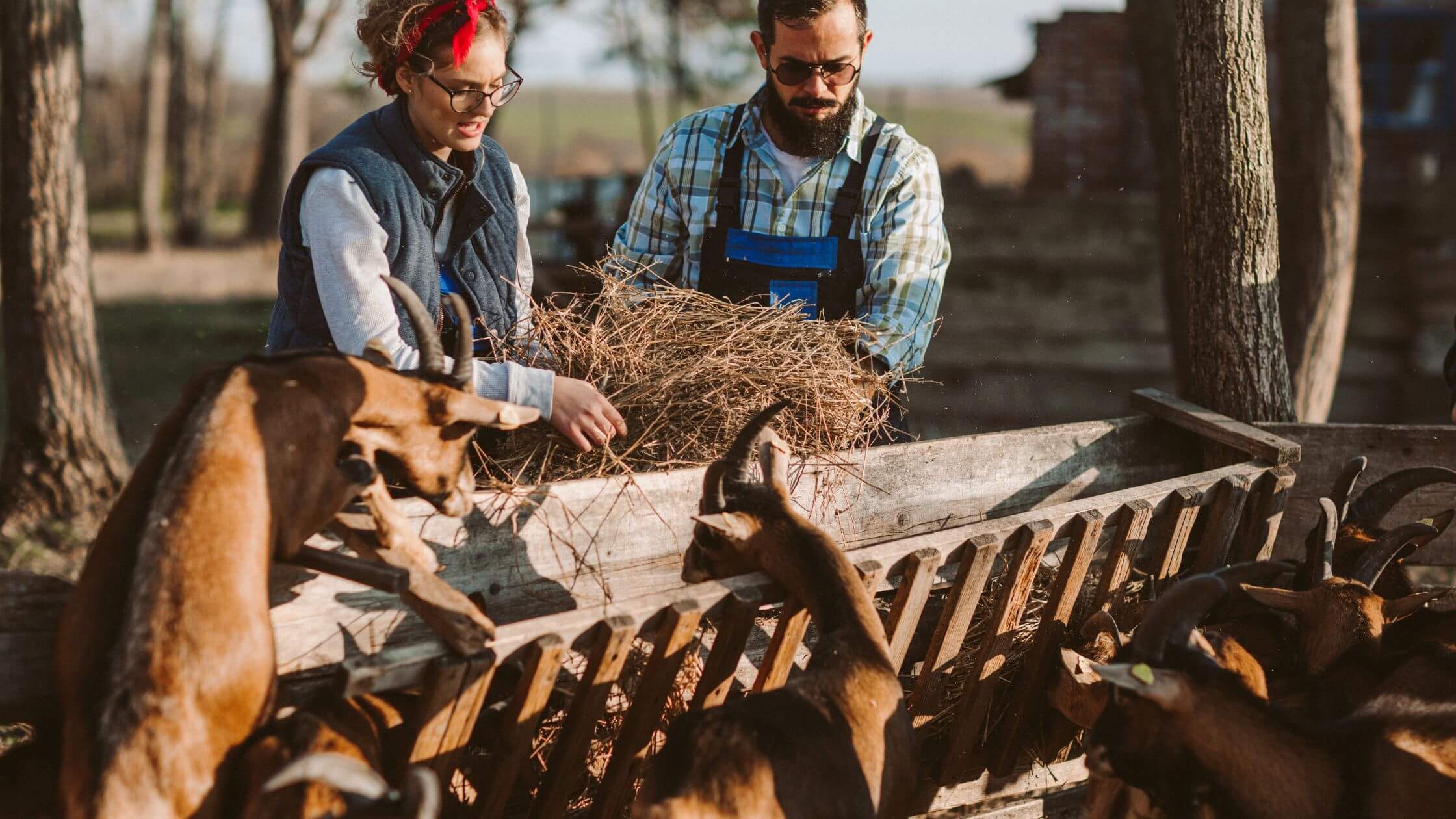Exploring New Financing Options for Sustainable Farmers

Not everything bigger is better.
It’s no secret that many small family farms are under pressure to stay afloat, let alone transition with the times and keep up with their competition. And with only enough to break even in the current scale of their operations, funders want them to expand in exchange for financing.
A bigger land would require more fertilizers, and a hundred more cows would entail higher spending on feed, vitamins, and medicines. Thus, pushing for expansion to get that extra million dollars may result in the degradation of resources and increased on-farm mortality – leaving you with a trail of debt and no return on investment.
More than hurting your bottom line, you may also be concerned with ecological debt piling up as you give in to the pressure to expand. Sustainable farming, dependent on long-term investment, becomes a far-off dream since you barely control your cash flow.
What Is Sustainable Farming?
Sustainable farming seeks to produce top-notch food and nourish the earth for future generations. It’s an agricultural method that considers every aspect of a crop or animal’s life cycle, from cultivation through harvesting – all done with a mindful eye toward preservation. The biggest challenge? Accessing capital in this sector can be tricky!
Have you ever heard the saying, “You gotta spend money to make money?” Well, that rings true for farmers seeking to transition to sustainable practices. The benefits of organic certification and regenerative agriculture are undeniable, but accessing the necessary capital to make the switch can be painful and frustrating. The problem lies in the fact that these methods require a long-term investment in the health of the land, which can take years to cultivate. For instance, before you can reap the benefits of organic certification, you must utilize organic methods for three years.
You may think: “Well, this is a dead end.” Not quite. We’ve come bearing good news! If your focus is depth rather than breadth, the rise of pro-environment lending is your much-awaited escape from milking 200 cows for funding that can barely sustain half of that number.
The Rise of Pro-Environmental Financing
There have always been pro-environment lenders who consider ecological impact as a return on investment. However, they were so sparse that some farmers may have just heard of them.
Last year, the U.S. Department of Agriculture invested around $2.8 billion in 70 projects under its Partnerships for Climate-Smart Commodities funding program. The support went towards state departments of agriculture and organizations seeking to develop solutions and technology, increase farmers’ incomes, provide tools, incentivize the voluntary adoption of sustainable practices, and help with the transition. This propels climate-smart agricultural production forward, providing opportunities for small farmers and producers like yourself.
Besides that, plenty of funders now offer organic transition loans like Rabo AgriFinance, which pioneered such financing scheme, and Compeer Financial. With this, you’ll have access to the capital you need for the upfront costs of the transition to organic production – it’s not a dead end, after all!
Another option is for you to look into mutual banks. Owned and governed by the community rather than shareholders, they offer more reasonable rates and flexible terms. And it’s even better to find one that supports sustainability, like the recently opened Walden Mutual Bank.
Walden seeks a unique return on investment from its borrowers – social and environmental impact. It evaluates borrowers against criteria similar to those needed for a B Corp certification – governance, community, workers, environment, and customers.
How to Choose the Right Source of Financing for Your Sustainable Farm
When financing your sustainable farm, there are a few factors to consider. Here are some points to keep in mind!
1. Look for lenders who specialize in sustainable agriculture.
These lenders will better understand the unique needs and challenges of sustainable farming. Plus, they may be more willing to work with you.
2. Consider government programs that support sustainable agriculture. With sustainability becoming increasingly important, government programs have risen to support climate-friendly agriculture. From the USDA’s Partnerships for Climate-Smart Commodities funding and beyond, countless resources are available with financial aid or other assistance for organic farmers looking to make a difference in their state! Look at your Department of Agriculture or any government-funded organization to see if you can benefit from their programs.
3. Think about the long-term sustainability of your financing options.
Will your loan or other financing source allow you to continue farming sustainably for years to come? Or will you be forced to make compromises that could harm the environment or your business? Weighing these questions ahead is essential before you secure your loan.
Key Takeaway:
All in all, transitioning to more sustainable farming practices isn’t an easy task. With challenges like a lack of capital and a decrease in profits, it can often feel like a losing battle for many small family farms. Thankfully, an array of options available can provide the necessary finances for farmers taking the leap towards sustainability – from traditional lenders and USDA programs to mutual banks catering specifically to the cause.
If you’re considering making this transition yourself but feeling stumped on where to start, MBE CPAs can help you navigate your financing options and choose one suitable for your needs – get started today!
This article was written by our marketing affiliate and contributor, Brand House Marketing. Reach out to them for creative and custom-tailored marketing solutions for your company.
